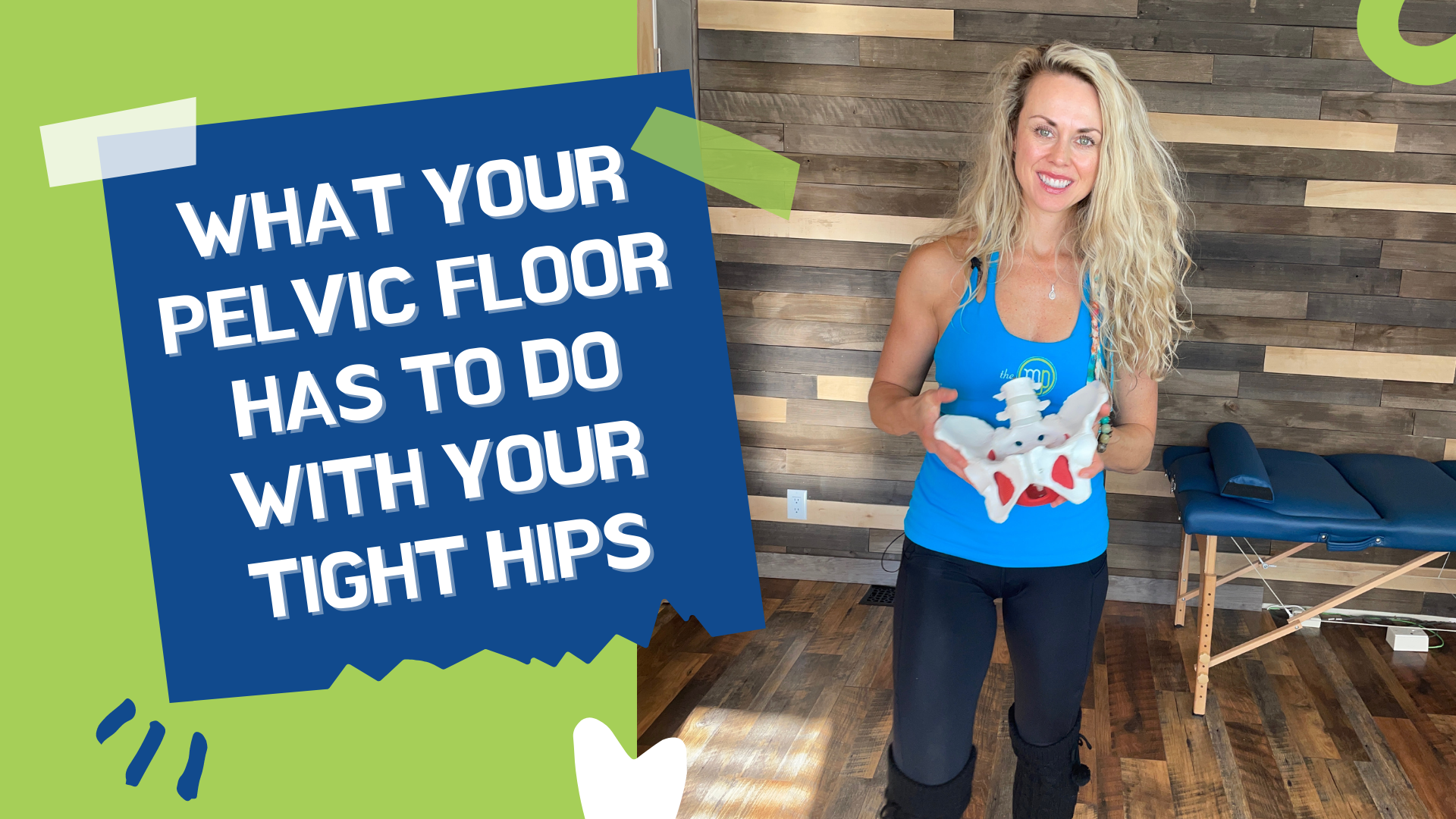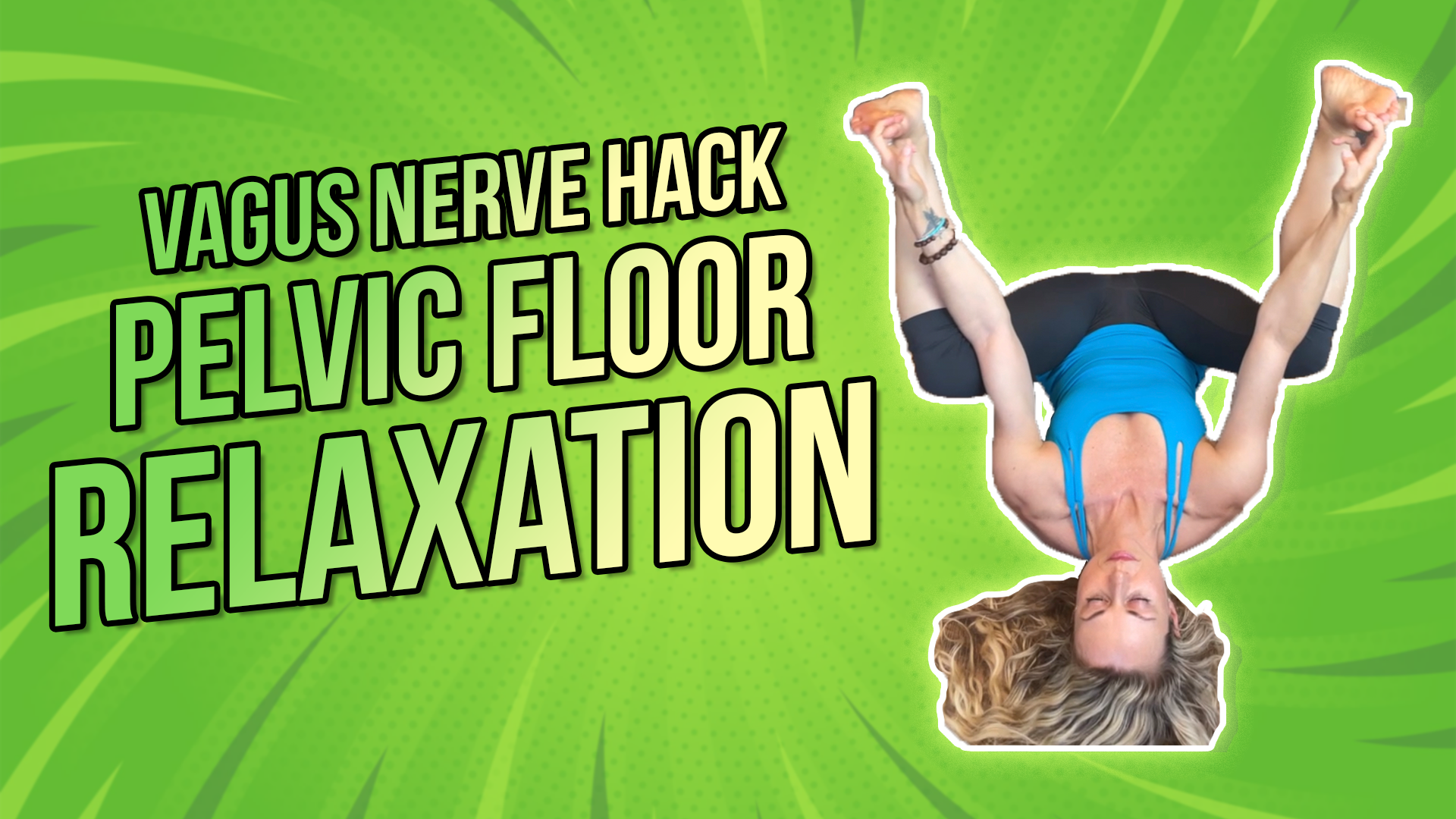Let’s discuss the pelvic floor’s role in our hip mobility and function.
We’ll cover functional anatomy, root causes of poor hip mobility, and of course, how the pelvic floor can influence this.
Rather watch or listen than read?
The Pelvis
The intrinsic stabilizers of the core are foundational. When we’re looking at the pelvis, the top of the intrinsic unit of our core is the diaphragm, while the bottom is the pelvic floor. These two things have to work together in a very fluid, rhythmical fashion for everything to have the proper sequencing, timing, and coordination. This is essentially what we refer to as motor control.
Once again, at the bottom of the pelvis, we have the pelvic floor. The pelvic floor is actually feeding into the deep hip stabilizers via the fascial tissue. This is what keeps the hip in its socket—think of it as a suction cup similar to the rotator cuff. This integration also occurs with our hip flexors or deep psoas.
Our psoas is also a deep stabilizer that prevents the hip from shifting forward, so it’s very important. It’s also deeply connected with the pelvic floor which integrates with the transverse abdominis—think of that as our natural weight belt. Drawing the belly button in is a way to feel this muscle. However, functionally, this will contract on our exhalation.
This ultimately connects to our diaphragm. These deep stabilizers have to work reflexively. If they don’t, we begin to see pain, injury, and mobility issues. The body will start to find stiffness where it needs it; it will create stiffness if there is a lack of stability.
To take it one step further, what you can do is try this exercise.
Breathing Exercise (with pelvic floor integration)
As you take an inhale through the nose, the tongue resting at the roof of your mouth touching the back of your teeth, allowing the pressure in the abdomen to go all the way down to the base of the pelvis, our pelvic floor will be in a lengthened position. Then as we exhale, our diaphragm goes back up to its resting position. The pelvic floor is gently contracting and lifting, and then that pressure is decreasing, of course. As the diaphragm goes back up, our abdominals are contracting to create that corset, and thereby we have a full diaphragmatic breath. This diaphragmatic breathing is critical to having an optimal hip function.
So why might you have tight hips?
Some of the several reasons include:
1. Sitting
This is the most common reason as to why you might have tight hips. Increased sitting decreases joint mobility and decreases the elasticity in your muscle and your fascia, creating ongoing stiffness.
2. Poor Breathing
Another thing that you might not think about is breathing. If we are not diaphragmatic breathing, as I just mentioned with proper sequencing and coordination, that can cause tight hips.
3. Pelvic Floor Tightness
Squeezing or clenching the pelvic floor is common as this is where we tend to hold a lot of emotions.
4. Stress
Because we hold our emotions here, stress is a big driver of tight hips and pelvic mobility.
5. Poor Hip Stability
If you are not sequencing properly from that stabilization perspective, you can not create force through the glutes. This is necessary to move the hip to its full range. This can lead to tightness and compensation. Your body will always figure out the path of least resistance, so if you don’t have stability somewhere, it will find stability by tightening things up.
How to Address this Issue
One of the simplest ways to begin to address this is to begin to work on your breath.
You can do this lying down with your knees back. It’s a great starting point. Stacking your rib cage over your pelvis is really important. We want the ribcage stacked right over the top so the diaphragm so it can communicate effectively with the pelvic floor. Inhaling, breathing 360 degrees of pressure into the abdomen, exhaling, contracting the abdomen—think of it like a corset or weight belt.
Now, begin to integrate it into everything you do: your day-to-day activities, exercise, stress management, and so on. Adopt this breathing pattern as your normal healthy breathing pattern which is exactly what it is. We breathe 25 000 times a day, so this is really how you want to think about breathing all right.
This can help you improve your hip function, hip mobility, and core function and give you a new perspective on why you might have tight hips.


